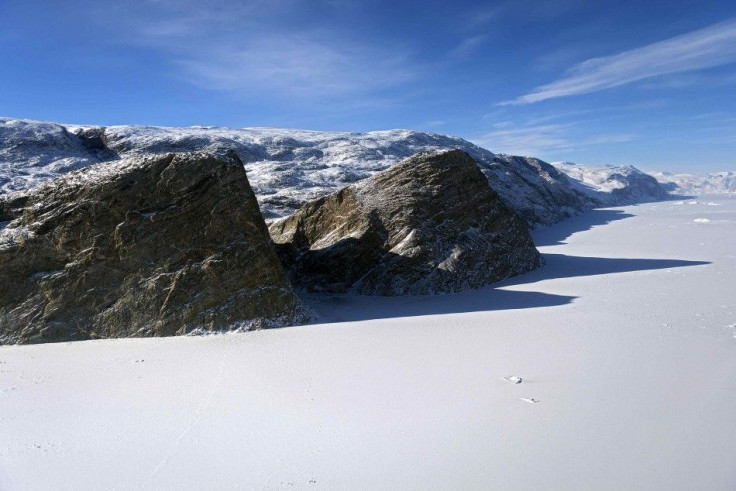Global Warming: Growing Number of Forest Fires Aggravate Accelerated Melting of Greenland Ice

A research newly released on Monday has disclosed that the growing number of forest fires in the Northern Hemisphere not only boosted the world's temperatures but also aggravated the accelerated melting of the ice glaciers in Greenland.
Greenland got dumped by a dark layer in 2012 spurred by thick clouds of soot from forest blazes in Siberia and North America. It forced the region to absorb more of the sun's heat.
The second largest body of ice after Antarctica's, ice in Greenland is already thawing, further contributing to rising world sea levels.
"Warmer temperatures and more frequent Northern Hemisphere forest fires driven by climate change may increase the frequency of these widespread melt events, contributing to the further demise of the Greenland ice sheet," the scientists wrote in the study published in the Proceedings of the National Academy of Sciences.
What's more worrisome, the widespread melt events "may begin to occur almost annually by the end of (the) century," according to Kaitlin Keegan of Dartmouth College in New Hampshire and lead study author.
Read: Global Warming: Antarctica Thaws Fast, Melting a Whopping 159B Tons of Ice Annually
"Our data shows that currently you need both warm temperatures and black carbon in order to cause melting at the surface of the centre of the Greenland ice sheet," Keegan noted.
The chemical composition of the soot, Keegan told Reuters, did not come from industrial pollution from factories, power plants or vehicles but from forest fires.
Read: Global Warming: 10-13 Feet of Increased Sea Levels Once East Antarctica Melts
According to the U.N., Greenland lost ice equivalent to about 8 millimetres of world sea levels in the past two decades. The year 2012 gave off the highest record.
Sea levels would elevate by 7 metres once all of Greenland's ice melted.




















